Home>Furniture & Design>Interior Design Trends>How To Tell Crystal From Glass
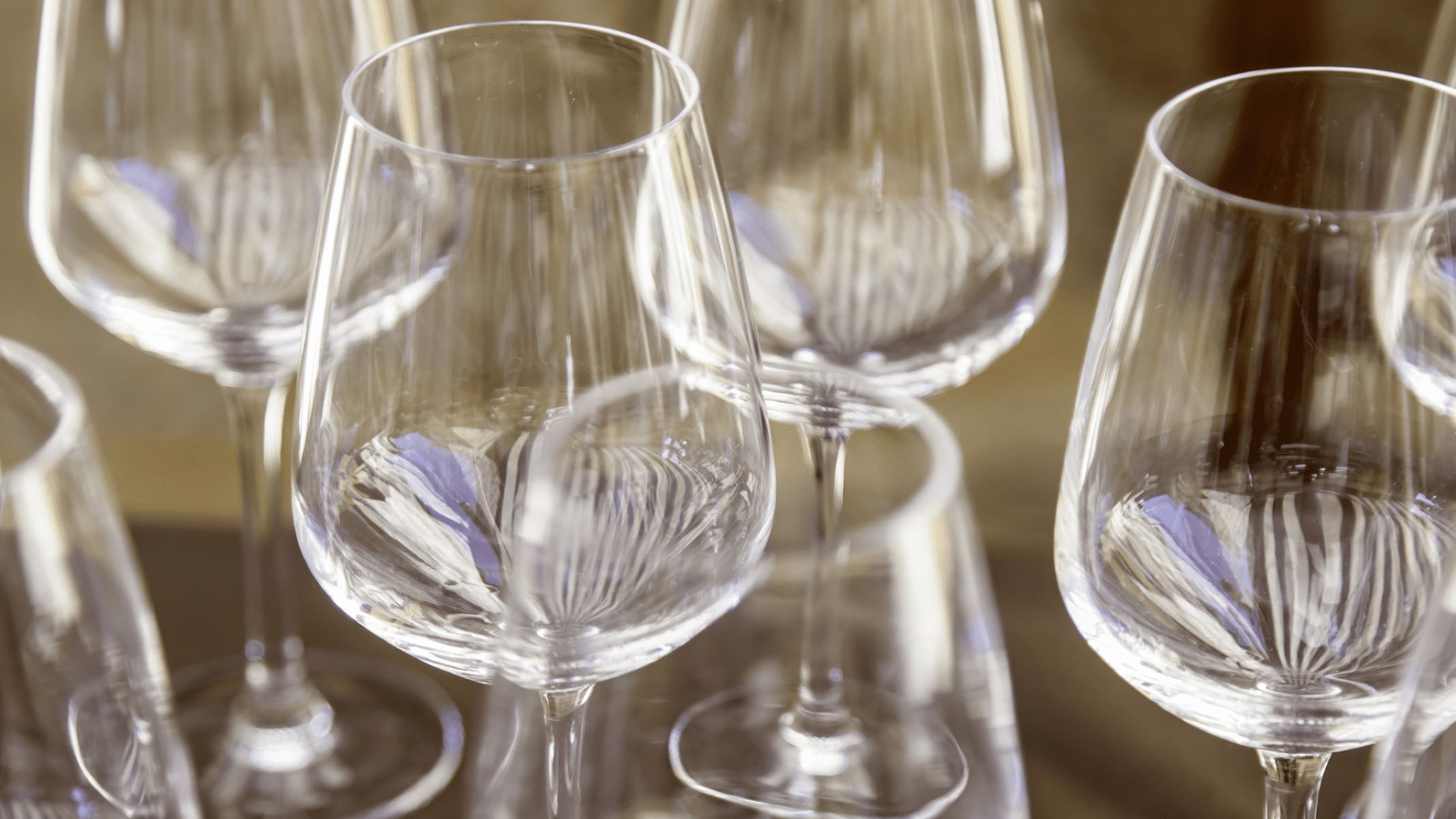

Interior Design Trends
How To Tell Crystal From Glass
Published: February 3, 2024
Learn how to distinguish between crystal and glass in interior design trends. Discover the key differences and make informed choices for your decor.
(Many of the links in this article redirect to a specific reviewed product. Your purchase of these products through affiliate links helps to generate commission for Storables.com, at no extra cost. Learn more)
Introduction
When it comes to adorning our living spaces, the allure of crystal and glass decor is undeniable. These exquisite materials have the ability to elevate the ambiance of any room, adding a touch of elegance and sophistication. However, distinguishing between crystal and glass can be a perplexing task for many. While both materials possess a transparent and lustrous quality, they are inherently distinct in composition and characteristics.
Understanding the disparities between crystal and glass is essential for making informed purchasing decisions and appreciating the unique qualities of each material. In this comprehensive guide, we will delve into the physical properties, visual disparities, and practical tests that can help you discern between these two captivating materials. By the end of this article, you will be equipped with the knowledge to confidently differentiate between crystal and glass, enabling you to make discerning choices when selecting decorative pieces or glassware for your home.
Let's embark on a fascinating journey into the world of crystal and glass, unraveling the secrets that lie within their shimmering surfaces.
Key Takeaways:
- Crystal and glass have unique physical, visual, and sensory qualities. Crystal’s lead content gives it sparkle, weight, and a melodious ring, while glass offers clarity, lightweight, and a crisp sound when tapped.
- By understanding the differences between crystal and glass, you can appreciate their unique qualities. Crystal’s brilliance and weight set it apart, while glass offers practicality and luminous appeal.
Read more: How Can You Tell Crystal From Glass
Physical Properties of Crystal
Crystal is a captivating material renowned for its exquisite beauty and remarkable properties. Understanding the distinct physical characteristics of crystal is essential for distinguishing it from glass. Here are the key physical properties of crystal:
-
Composition: Crystal is composed of fine, high-quality silica, lead oxide, and other minerals. The addition of lead oxide enhances the refractive index of crystal, resulting in its distinctive sparkle and brilliance. This composition sets crystal apart from glass, which typically contains silica, soda ash, and limestone, but lacks the lead content that defines crystal.
-
Clarity and Brilliance: One of the most striking features of crystal is its exceptional clarity and brilliance. When held up to light, crystal exhibits a remarkable sparkle and rainbow-like prismatic effects, owing to its high lead content. This unparalleled luminosity distinguishes crystal from glass, which lacks the same level of clarity and light-refracting properties.
-
Density and Weight: Crystal is notably denser and heavier than glass due to its lead content. This added weight contributes to the luxurious feel of crystal items, such as chandeliers, stemware, and decorative figurines. When compared to glass, crystal exhibits a substantial weight that conveys a sense of opulence and quality.
-
Durability and Hardness: Crystal is renowned for its durability and hardness, making it less prone to chipping, scratching, or clouding over time. This resilience is attributed to the lead content, which enhances the structural integrity of crystal. In contrast, glass is generally more susceptible to damage and wear, lacking the same level of hardness and resilience as crystal.
-
Musical Resonance: When gently tapped, crystal produces a distinct, melodious ring that resonates with a sustained, pure tone. This unique acoustic property is a result of the crystalline structure and density of the material. The resonant sound of crystal sets it apart from the duller, less vibrant tones produced by glass when struck.
Understanding these physical properties of crystal provides valuable insights into its exceptional quality and allure. The distinct composition, clarity, weight, durability, and acoustic properties of crystal collectively contribute to its timeless appeal and desirability in the realm of decorative arts and luxury craftsmanship.
Physical Properties of Glass
Glass, a versatile and ubiquitous material, possesses its own set of distinctive physical properties that set it apart from crystal. Understanding these characteristics is essential for discerning between glass and crystal. Here are the key physical properties of glass:
-
Composition: Glass is primarily composed of silica (sand), soda ash, and limestone, along with other additives to achieve specific properties. Unlike crystal, glass does not contain lead oxide, which is a defining component of crystal's composition. This absence of lead distinguishes glass from crystal and contributes to differences in optical properties and weight.
-
Clarity and Transparency: Glass exhibits transparency and clarity, allowing light to pass through with minimal distortion. While it may lack the exceptional brilliance and light-refracting properties of crystal, glass possesses its own allure through its clear and luminous appearance. The absence of lead content in glass results in a different optical quality compared to crystal.
-
Density and Weight: Glass is generally lighter and less dense than crystal due to the absence of lead. This characteristic makes glassware and decorative glass items lighter and easier to handle compared to their crystal counterparts. The lightweight nature of glass contributes to its practicality and versatility in various applications, from windows and mirrors to glassware and decorative accents.
-
Durability and Fragility: Glass exhibits a different level of durability and fragility compared to crystal. While it may be more prone to scratching and chipping than crystal, modern advancements in glass manufacturing have led to the development of tempered and strengthened glass, enhancing its resistance to impact and thermal stress. However, it is important to note that glass is generally less resilient than crystal, particularly in terms of hardness and long-term durability.
-
Acoustic Properties: When struck, glass produces a distinct, crisp sound with a shorter resonance compared to crystal. The acoustic properties of glass are influenced by its composition and molecular structure, resulting in a characteristic tone that differs from the melodious ring of crystal. This acoustic disparity provides a practical means of distinguishing between glass and crystal through sound testing.
Understanding the physical properties of glass provides valuable insights into its unique composition, optical qualities, weight, durability, and acoustic characteristics. These distinctive attributes contribute to the widespread use and enduring appeal of glass in architecture, design, and everyday objects, enriching our living spaces with its luminous presence and functional versatility.
Visual Differences
Visually discerning between crystal and glass can be an enlightening experience, as both materials exhibit distinct optical qualities that set them apart. Understanding the visual disparities between crystal and glass is essential for making informed assessments and appreciating the unique aesthetic attributes of each material.
Clarity and Brilliance: One of the most striking visual differences between crystal and glass lies in their clarity and brilliance. Crystal, with its high lead content, boasts exceptional clarity and a dazzling sparkle that captivates the eye. When light interacts with crystal, it refracts in a mesmerizing display of prismatic colors, creating a radiant spectacle that defines the allure of crystal. In contrast, glass, lacking the lead content of crystal, exhibits a clear yet less luminous appearance. While glass may possess transparency, it lacks the same level of brilliance and light-refracting properties that characterize crystal.
Prismatic Effects: When held up to light, crystal often produces vivid prismatic effects, casting a myriad of colorful reflections that dance across its surface. These enchanting rainbow-like displays are a hallmark of high-quality crystal, adding a touch of magic to the material's visual appeal. In contrast, glass may exhibit minimal or subdued prismatic effects, with light passing through without the same captivating display of colors and brilliance.
Distinctive Sheen: Crystal exudes a distinctive sheen that sets it apart from glass. The high lead content in crystal contributes to its lustrous and reflective surface, enhancing its visual allure and luxurious appearance. When polished, crystal items radiate a captivating sheen that elevates their aesthetic appeal, making them prized possessions for collectors and enthusiasts. Glass, while possessing its own luminous quality, lacks the same level of sheen and reflective brilliance that defines crystal, resulting in a visual disparity between the two materials.
Optical Purity: Crystal is celebrated for its optical purity, characterized by its exceptional clarity and lack of impurities. This purity contributes to the material's ability to transmit light with minimal distortion, creating a visually stunning effect that enhances its overall allure. In contrast, glass may exhibit subtle imperfections or impurities that affect its optical clarity, resulting in a different visual experience compared to crystal.
By recognizing these visual disparities, one can develop a discerning eye for differentiating between crystal and glass, appreciating the unique visual qualities that define each material. Whether admiring a radiant crystal chandelier or a gleaming glass sculpture, the visual disparities between these materials offer a captivating journey into the world of transparent elegance and luminous beauty.
When trying to tell the difference between crystal and glass, look for the presence of lead. Crystal contains lead, giving it more sparkle and weight than regular glass.
Sound Test
The sound test serves as a practical and insightful method for distinguishing between crystal and glass based on their acoustic properties. When gently tapped or struck, crystal and glass produce distinct sounds that reveal their inherent characteristics. This auditory assessment provides a valuable means of discerning between the two materials, adding a sensory dimension to the process of differentiation.
Crystal, renowned for its melodious resonance, emits a sustained and pure tone when gently tapped. The crystalline structure and density of crystal contribute to the production of a vibrant and lingering sound that resonates with clarity and depth. This distinctive acoustic quality is a result of the material's composition, particularly the presence of lead oxide, which enhances the acoustic properties of crystal. The resonant sound produced by crystal is often described as captivating and musical, evoking a sense of elegance and refinement.
In contrast, glass produces a different sound characterized by a crisp and shorter resonance when struck. The molecular structure and composition of glass influence its acoustic properties, resulting in a distinct tone that lacks the sustained and melodious quality of crystal. The sound produced by glass is often perceived as sharper and less vibrant compared to crystal, reflecting the material's unique acoustic profile.
By conducting the sound test, individuals can experience firsthand the auditory disparities between crystal and glass, gaining a deeper appreciation for the intrinsic qualities of each material. This sensory exploration adds a tactile and immersive dimension to the process of differentiation, allowing enthusiasts and collectors to develop a discerning ear for identifying crystal and glass based on their acoustic responses.
The sound test, when combined with visual assessments and knowledge of physical properties, forms a comprehensive approach to distinguishing between crystal and glass. This multifaceted understanding empowers individuals to make informed decisions when acquiring decorative items, glassware, or artistic creations, ensuring that they can confidently identify and appreciate the timeless allure of crystal and the luminous charm of glass.
Read more: How Is Crystal Different From Glass
Weight Test
The weight test serves as a practical method for discerning between crystal and glass based on their respective densities and weights. By comparing the heft and feel of items made from these materials, individuals can gain valuable insights into their composition and quality.
Crystal, renowned for its luxurious and substantial feel, exhibits a notable weight that sets it apart from glass. This characteristic is attributed to the presence of lead oxide in crystal, which contributes to its increased density and heft. When handling crystal items such as stemware, vases, or decorative figurines, individuals often perceive a reassuring weight that conveys a sense of opulence and craftsmanship. The substantial feel of crystal enhances its tactile appeal, providing a tangible indication of its exceptional quality and composition.
In contrast, glass typically exhibits a lighter weight compared to crystal due to the absence of lead content. This difference in weight is noticeable when handling glassware, decorative glass objects, or architectural elements made from glass. The lightweight nature of glass contributes to its practicality and versatility, making it easier to handle and maneuver in various applications. While glass may lack the substantial weight of crystal, its lightweight quality offers distinct advantages in terms of usability and functionality.
By conducting the weight test, individuals can discern between crystal and glass based on their tactile experience and perception of weight. This hands-on approach provides a tangible means of differentiating between the two materials, allowing individuals to appreciate the luxurious heft of crystal and the practical lightweight nature of glass. Whether admiring a weighty crystal vase or handling delicate glassware, the weight test offers a sensory exploration that enhances the understanding and appreciation of these captivating materials.
In summary, the weight test offers a valuable means of distinguishing between crystal and glass, providing a tactile and tangible experience that complements visual and auditory assessments. By considering the weight and feel of items made from these materials, individuals can develop a nuanced understanding of their distinct qualities, enriching their appreciation for the timeless allure of crystal and the luminous charm of glass.
Temperature Test
The temperature test serves as a practical and illuminating method for discerning between crystal and glass based on their thermal properties and responses to temperature changes. By subjecting items made from these materials to variations in temperature, individuals can gain valuable insights into their thermal conductivity, expansion, and resilience.
When conducting the temperature test, it is essential to handle the items with care and ensure a gradual transition between temperature extremes to prevent thermal shock. Crystal, known for its exceptional thermal conductivity and resilience, exhibits a remarkable ability to adapt to temperature changes without undergoing significant expansion or contraction. This thermal stability is attributed to the composition of crystal, particularly the presence of lead oxide, which enhances its resistance to thermal stress. When exposed to fluctuations in temperature, crystal items such as stemware or decorative pieces maintain their structural integrity and optical clarity, reflecting the material's enduring quality and craftsmanship.
In contrast, glass responds differently to temperature variations due to its distinct composition and thermal properties. While modern advancements have led to the development of tempered and heat-resistant glass, traditional glassware and decorative glass items may exhibit a more pronounced response to temperature changes. Glass, characterized by its lower thermal conductivity and resilience compared to crystal, may undergo subtle expansion or contraction when subjected to thermal variations. This differential response provides a practical means of discerning between crystal and glass based on their thermal behavior, adding a scientific dimension to the process of differentiation.
By subjecting items made from crystal and glass to the temperature test, individuals can observe firsthand the materials' thermal responses and adaptability. This empirical exploration offers valuable insights into the distinct thermal properties of crystal and glass, enriching the understanding of their composition and resilience. Whether experiencing the thermal stability of crystal or observing the subtle thermal dynamics of glass, the temperature test provides a tangible and scientific approach to differentiating between these captivating materials.
In summary, the temperature test offers a practical and insightful method for discerning between crystal and glass based on their thermal behavior. By considering the materials' responses to temperature changes, individuals can develop a deeper appreciation for the unique thermal properties of crystal and the distinct thermal dynamics of glass, enhancing their understanding of these exquisite materials.
Conclusion
In conclusion, the ability to distinguish between crystal and glass is a valuable skill that empowers individuals to make informed decisions when acquiring decorative items, glassware, or artistic creations. By delving into the physical properties, visual disparities, and practical tests that differentiate these materials, enthusiasts and collectors can develop a discerning eye and tactile appreciation for the timeless allure of crystal and the luminous charm of glass.
The physical properties of crystal, including its composition, clarity, weight, durability, and acoustic properties, collectively contribute to its exceptional quality and allure. The presence of lead oxide in crystal sets it apart from glass, endowing it with unparalleled brilliance, clarity, and a luxurious heft that reflects its superior craftsmanship and enduring appeal. Understanding these physical attributes provides valuable insights into the exceptional nature of crystal, elevating its status as a coveted material in the realm of decorative arts and luxury craftsmanship.
Conversely, glass possesses its own distinctive physical properties, characterized by its composition, clarity, weight, durability, and acoustic qualities. While glass may lack the lead content and substantial weight of crystal, it offers practical versatility and luminous appeal, enriching our living spaces with its transparent elegance and functional utility. By recognizing the unique attributes of glass, individuals can gain a deeper appreciation for its widespread use in architecture, design, and everyday objects, reflecting its enduring relevance and aesthetic appeal.
The visual disparities between crystal and glass, encompassing clarity, brilliance, prismatic effects, and sheen, offer a captivating journey into the world of transparent elegance and luminous beauty. By honing their visual acuity, individuals can discern between crystal's captivating sparkle and glass's clear luminosity, appreciating the unique visual qualities that define each material. This visual exploration adds a dimension of aesthetic appreciation, allowing enthusiasts to admire the radiant allure of crystal and the captivating luminosity of glass with discerning eyes.
The sound, weight, and temperature tests provide practical and sensory methods for differentiating between crystal and glass, offering a tactile and scientific approach to understanding their distinct qualities. By engaging in auditory, tactile, and empirical assessments, individuals can develop a nuanced understanding of these captivating materials, enriching their appreciation for the enduring allure of crystal and the timeless charm of glass.
In essence, the ability to tell crystal from glass transcends mere visual distinctions, encompassing a holistic understanding of their physical, visual, and sensory attributes. By embracing this comprehensive knowledge, individuals can confidently navigate the realm of decorative arts and glassware, selecting items that resonate with their discerning tastes and appreciation for the exquisite qualities of crystal and glass.
Frequently Asked Questions about How To Tell Crystal From Glass
Was this page helpful?
At Storables.com, we guarantee accurate and reliable information. Our content, validated by Expert Board Contributors, is crafted following stringent Editorial Policies. We're committed to providing you with well-researched, expert-backed insights for all your informational needs.
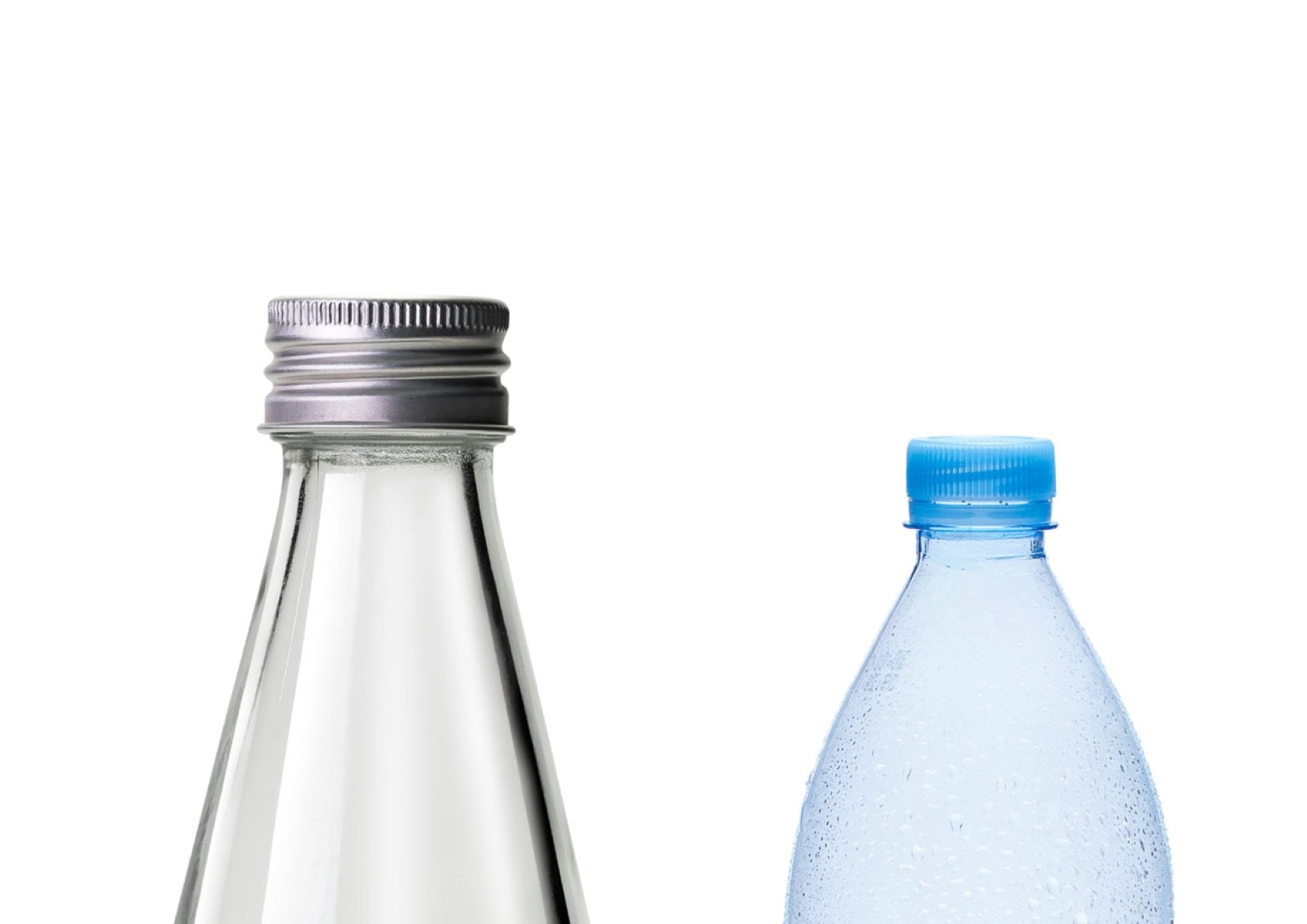


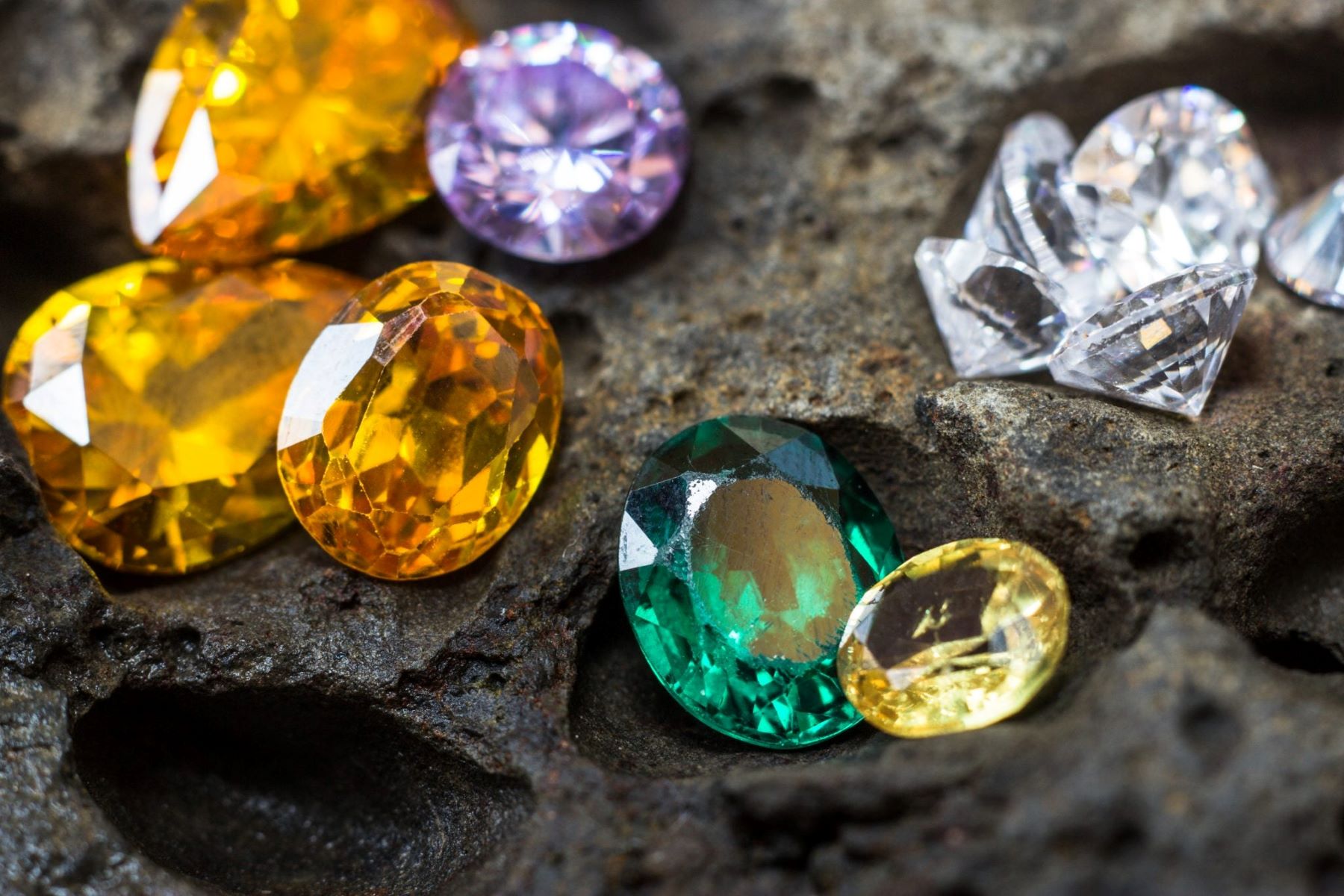
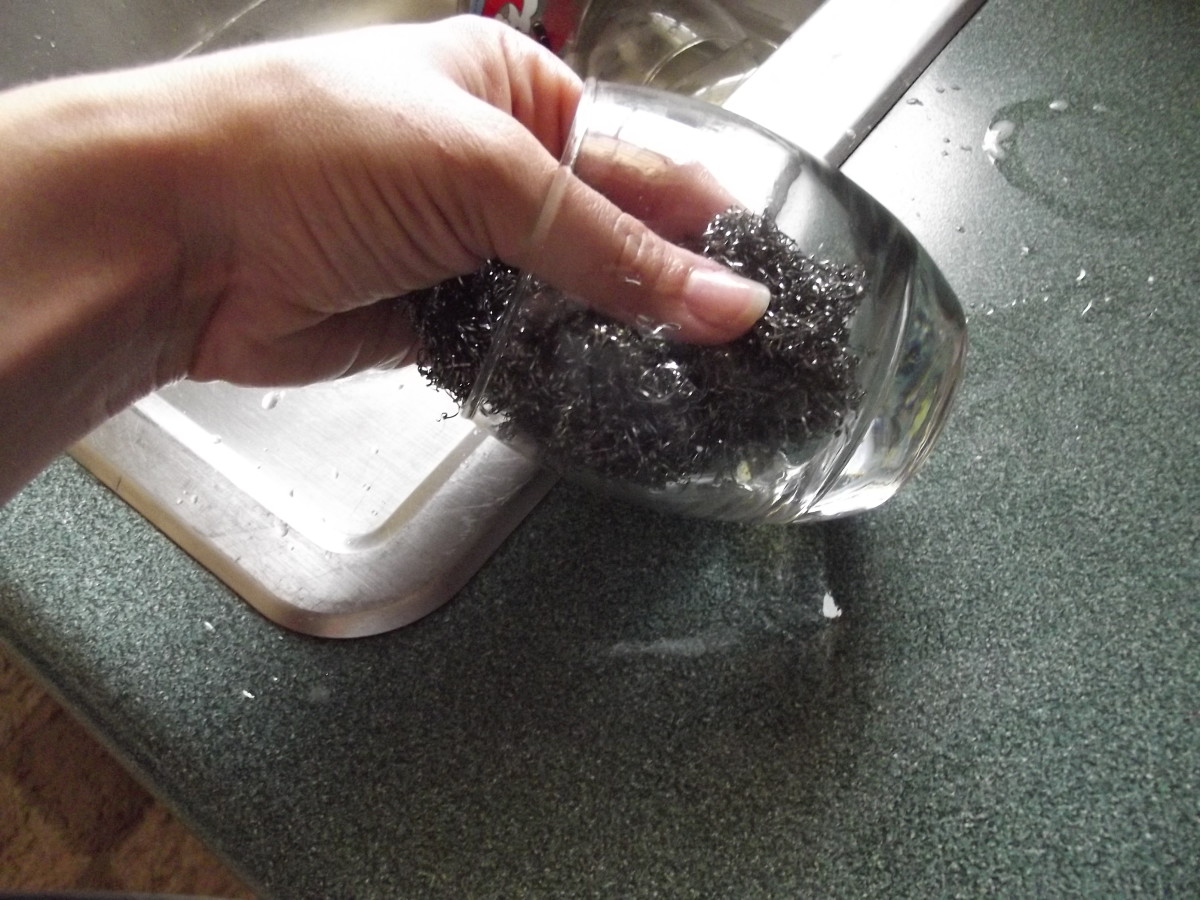
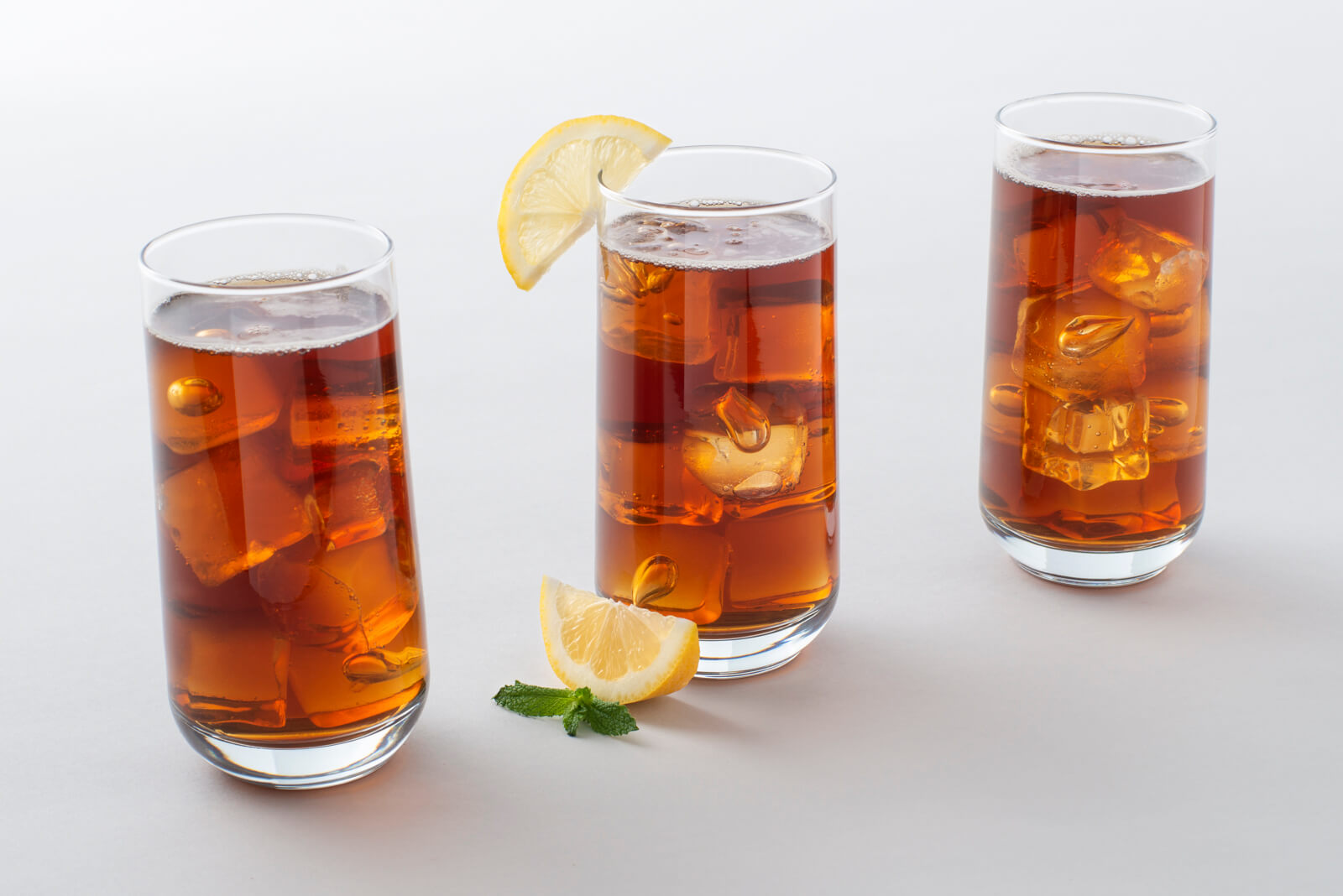
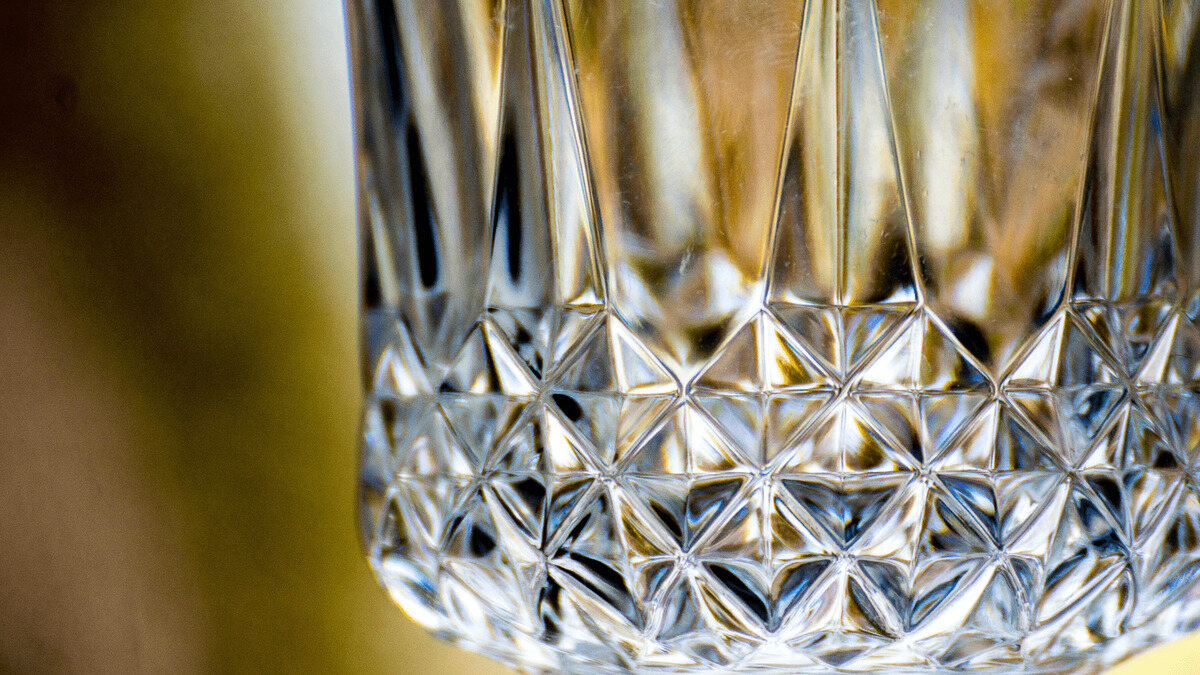
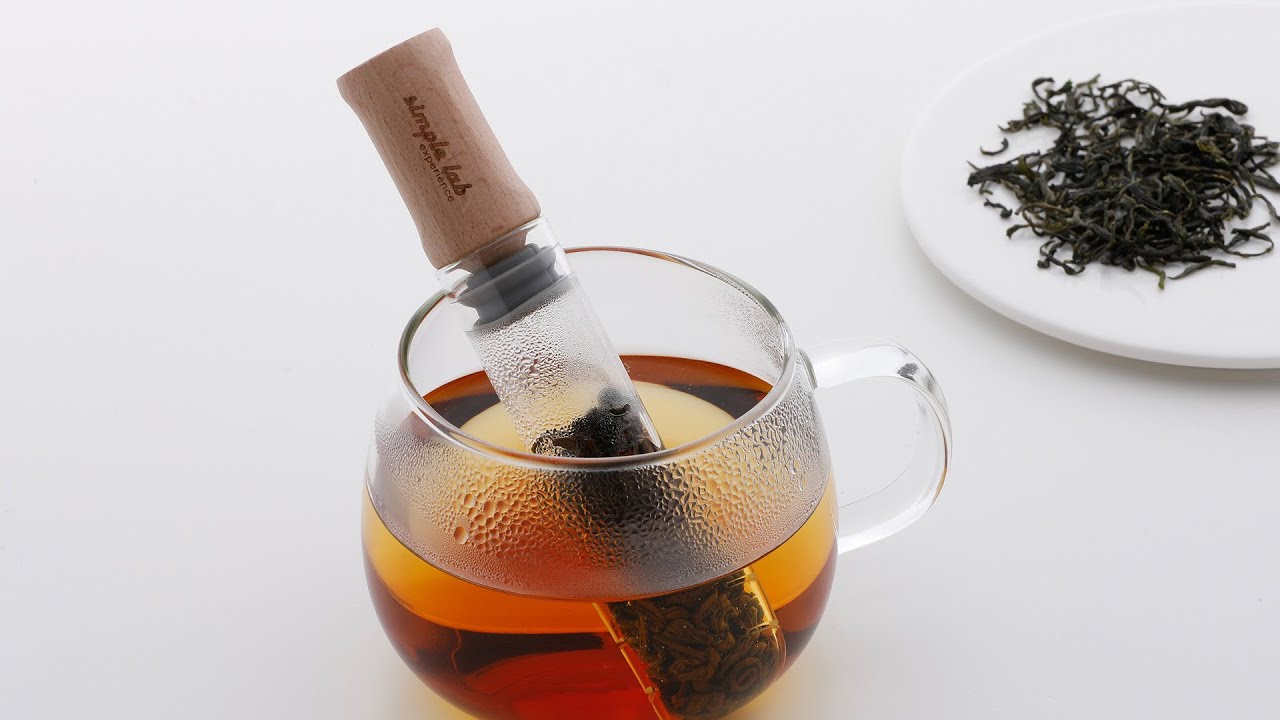
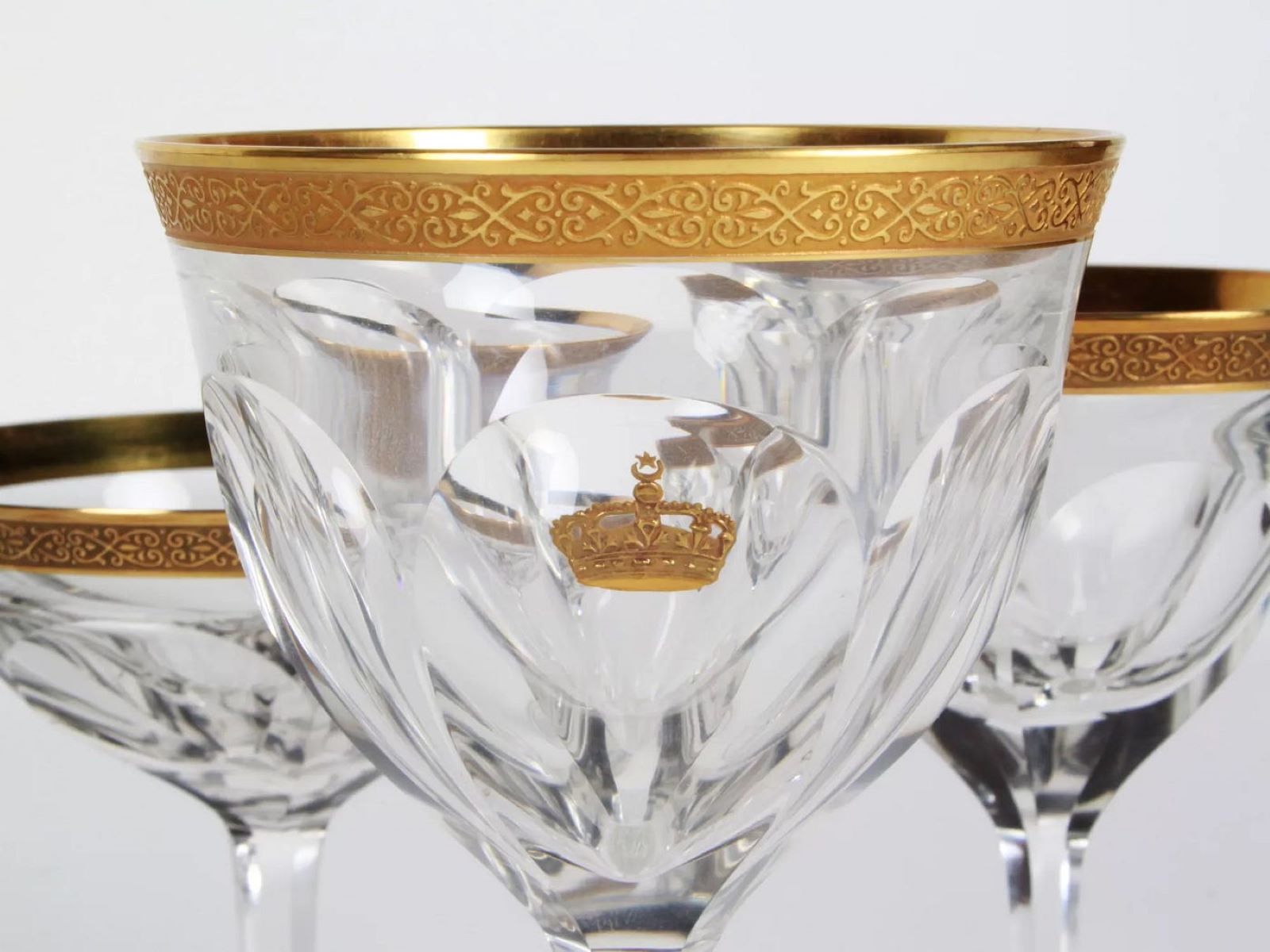
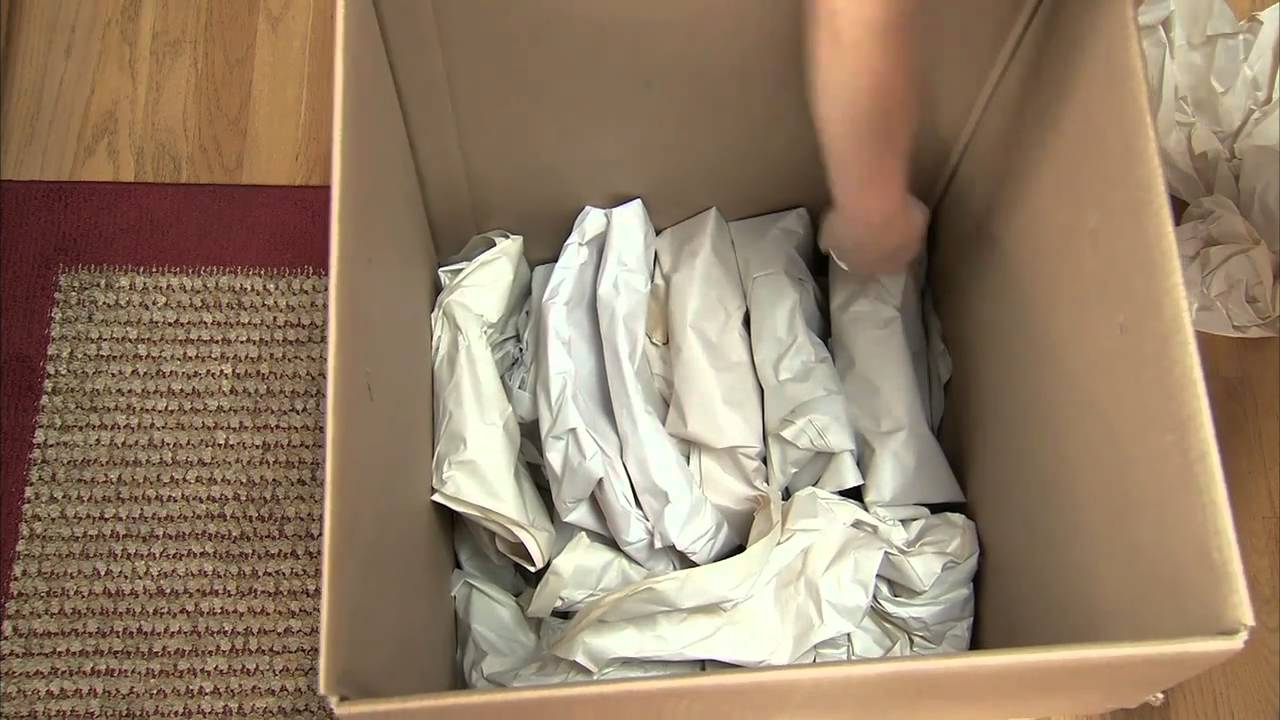
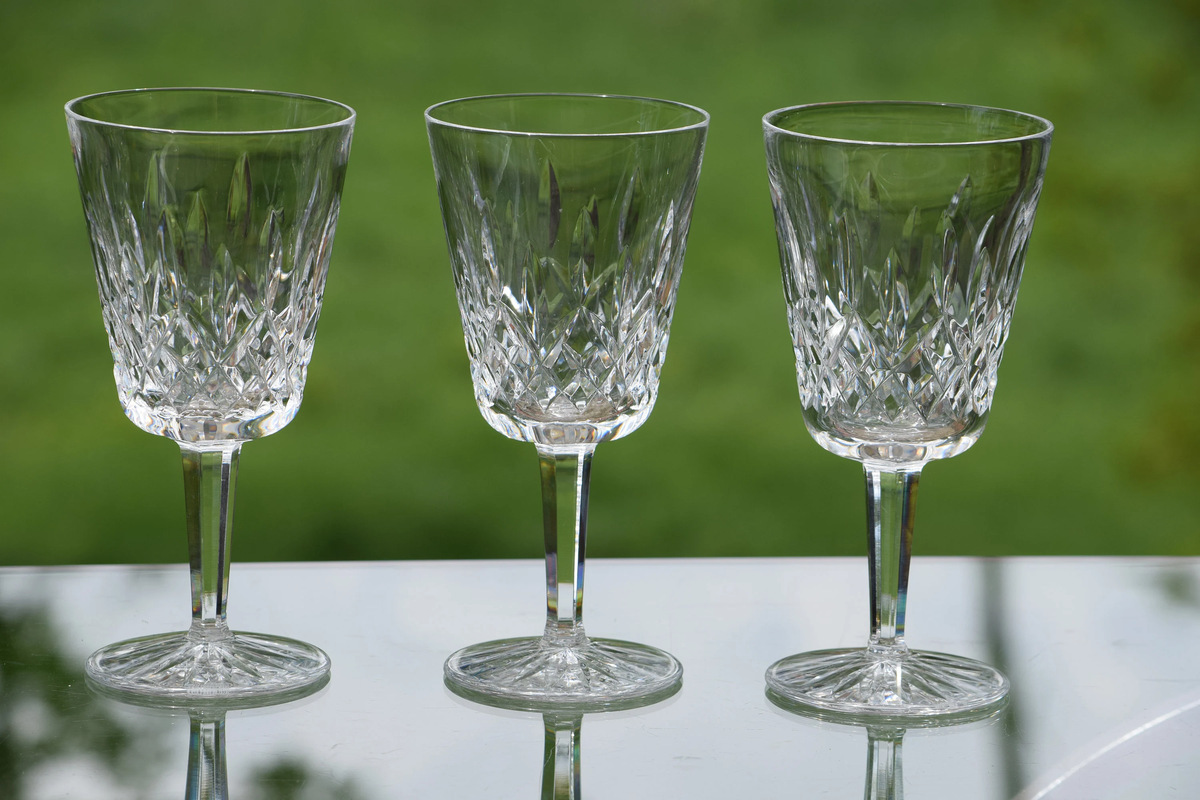
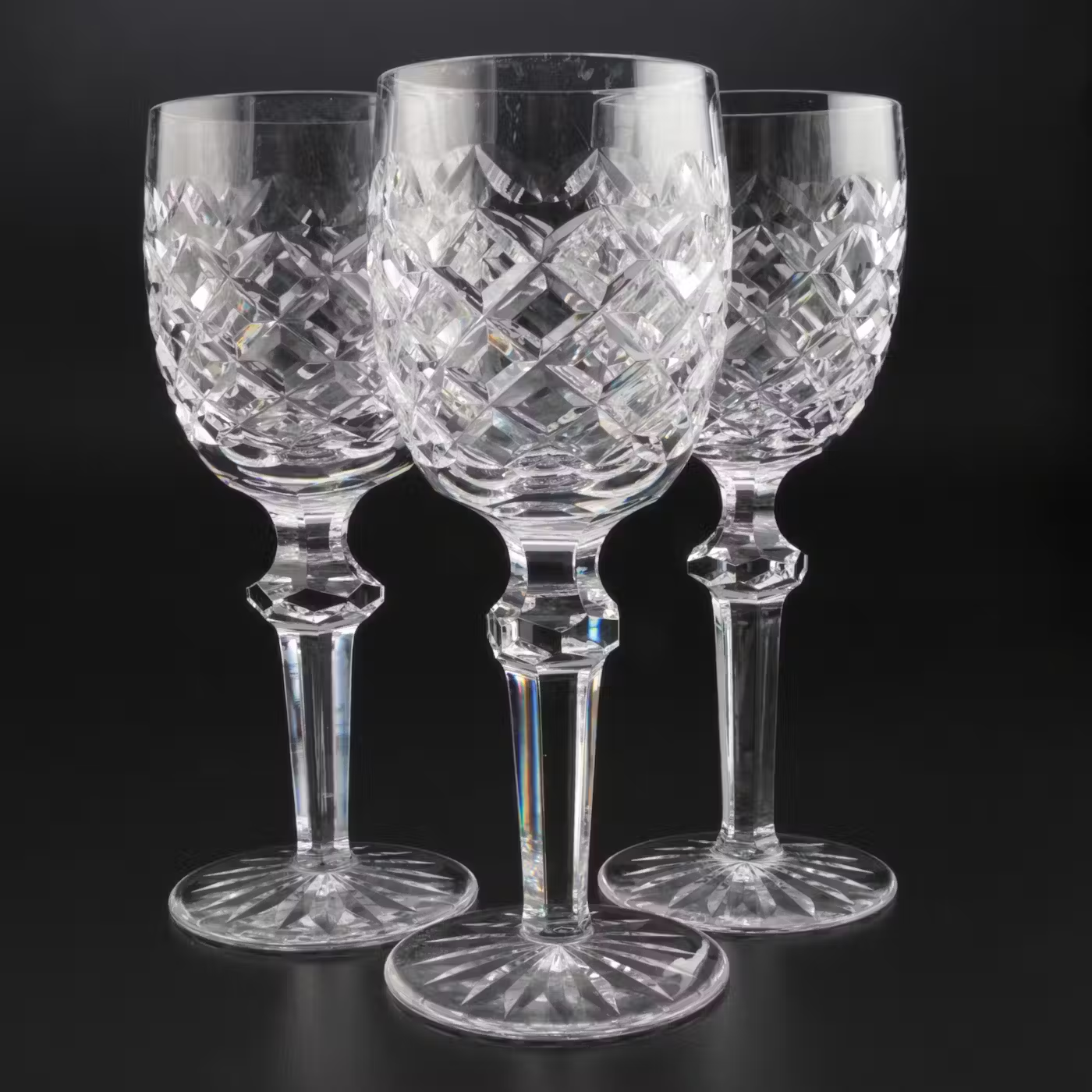
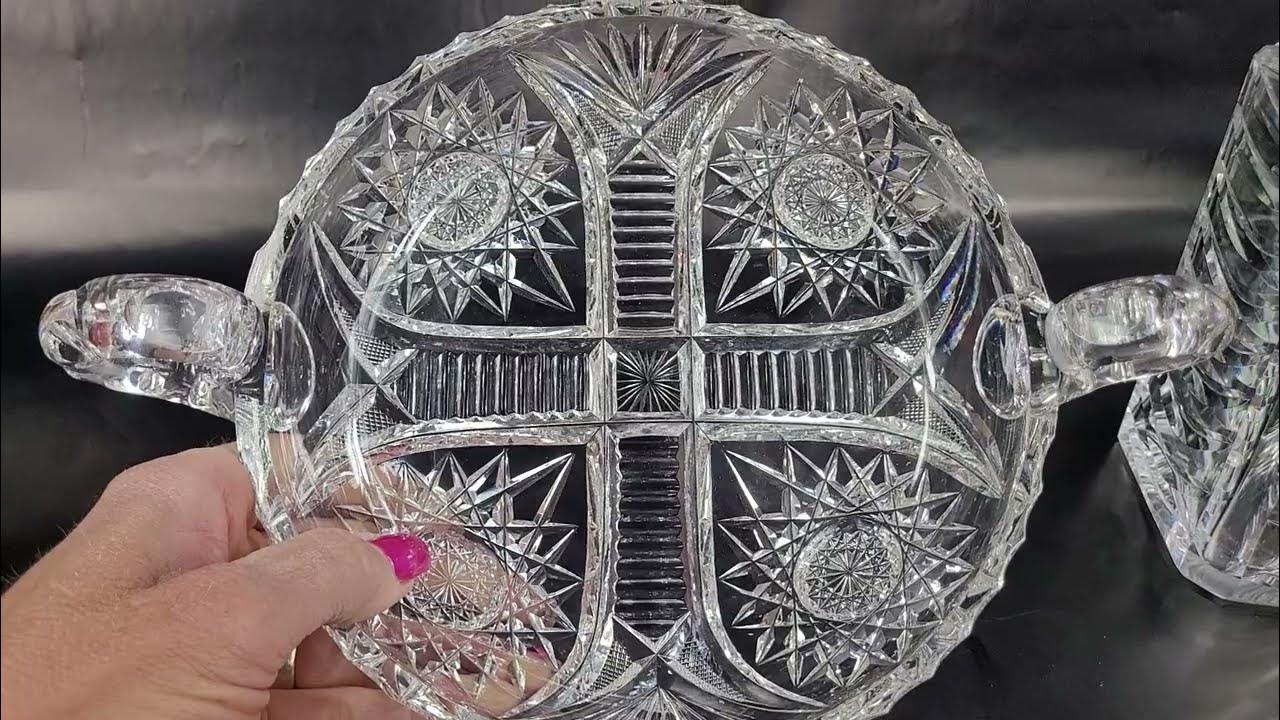
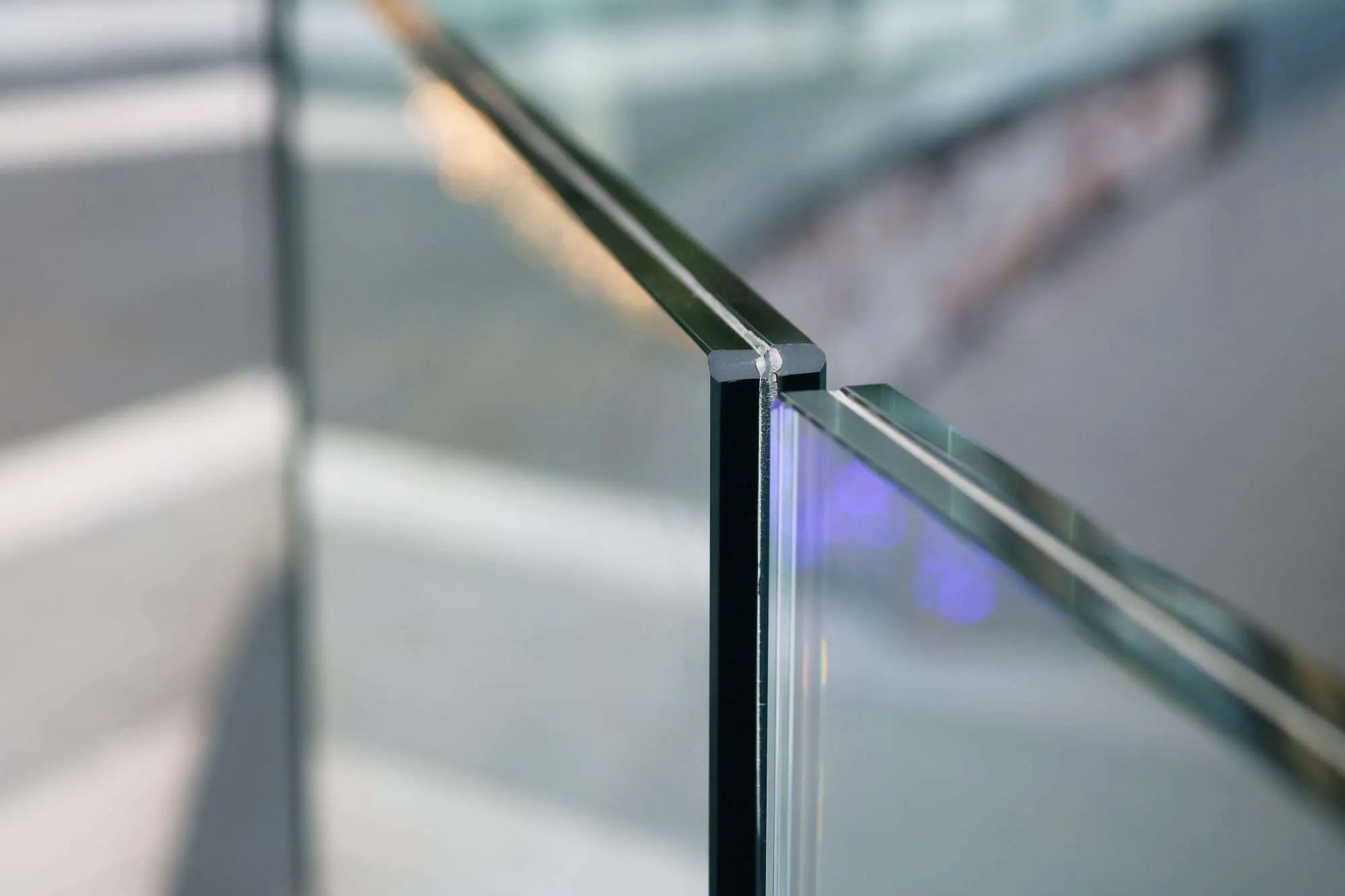

0 thoughts on “How To Tell Crystal From Glass”